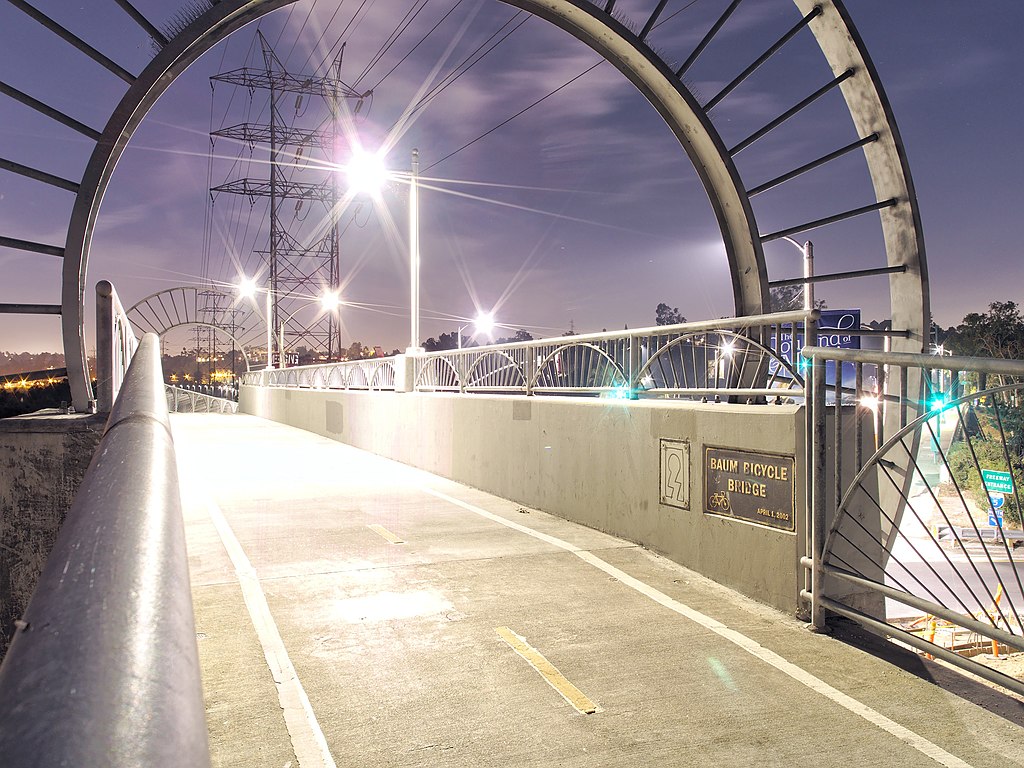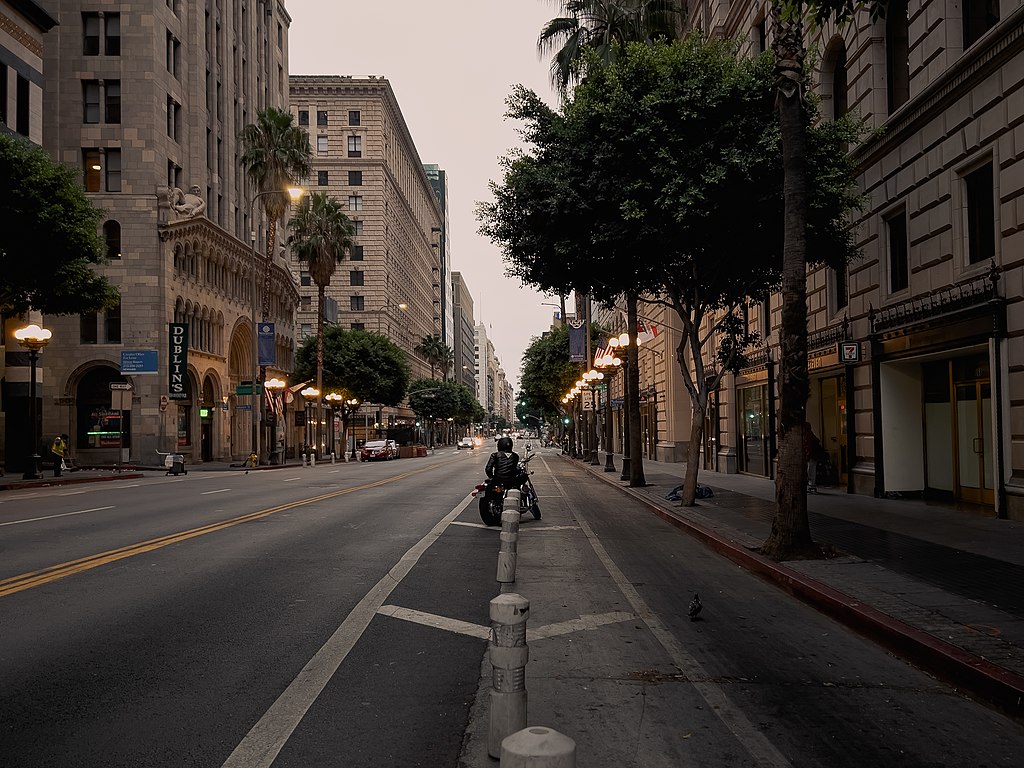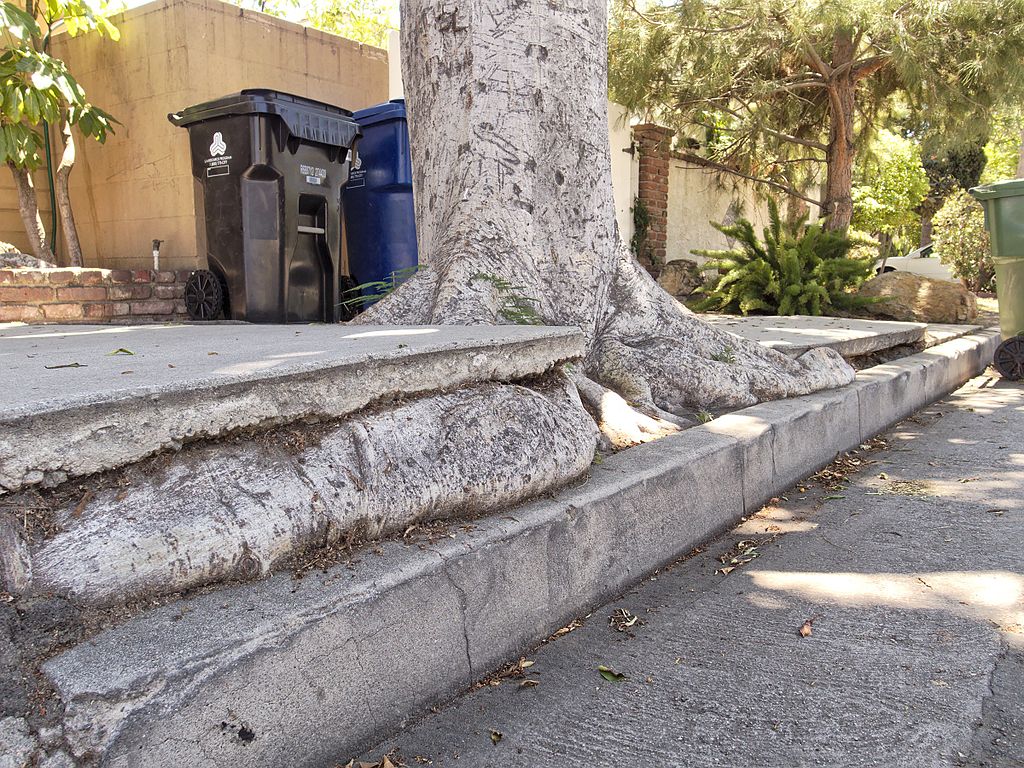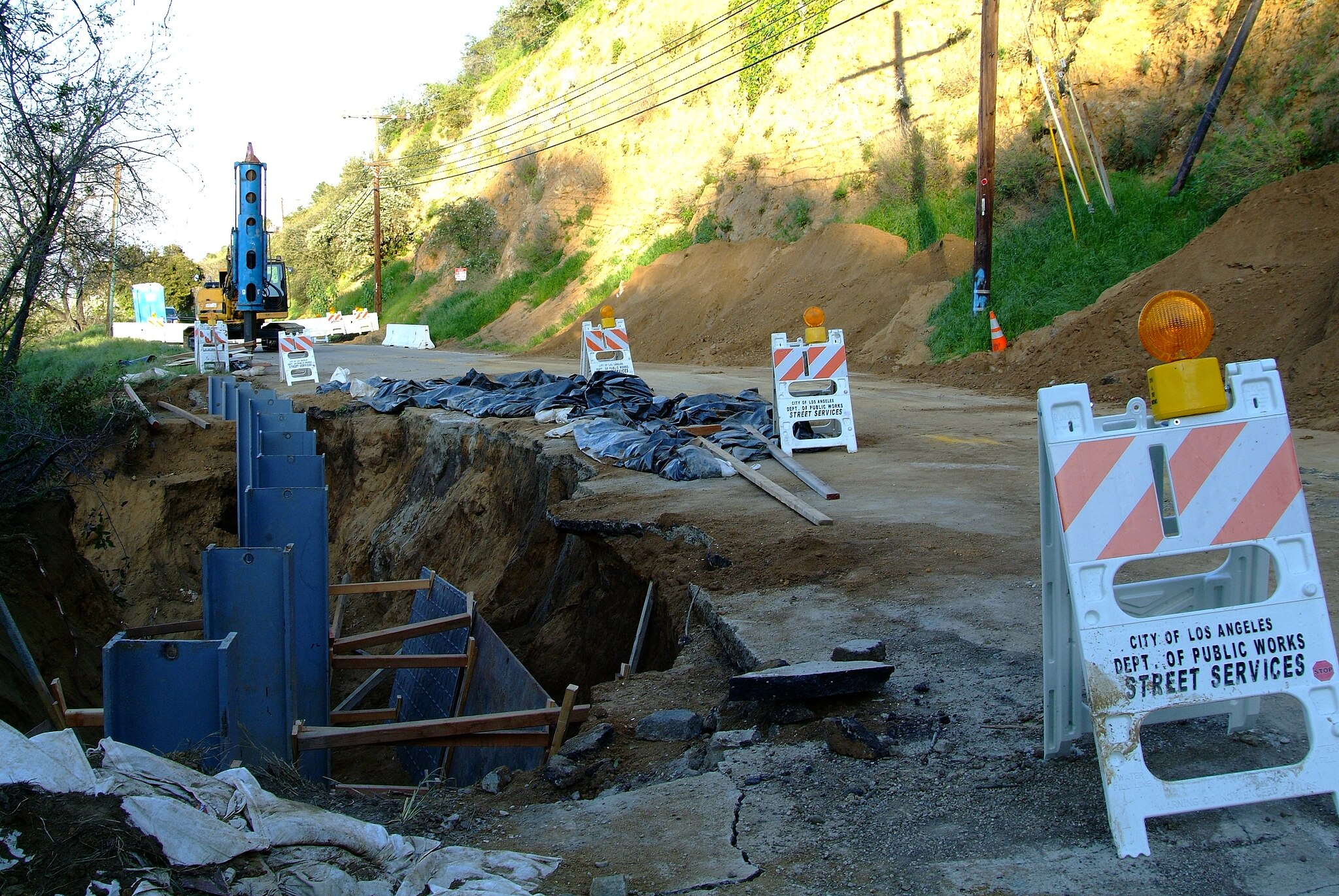Featured image credit: Adam Dubrowa
Los Angeles is undoubtedly a “car city”, but does it need to be? It’s a question that’s picked up considerable heat as traffic becomes more congested and traffic-related injuries continue to rise. The introduction of Measure HLA has left Angelenos wondering what can be done to knock the city’s traffic off its current trajectory. Now, a dispute over cost assessments sets one of the most divisive measures on March’s ballot to a steady boil.
Accountability for Mobility Plan 2035

Measure HLA, less formally known as the Healthy Streets LA ballot measure, aims to regulate the city’s already-approved Mobility Plan 2035. Never heard of Mobility Plan 2035? It’s a 20-year plan to improve LA’s congested streets with infrastructure improvement and the promotion of automobile alternatives.
So why the need for Measure HLA? The resident-led ballot measure came to prominence over a growing belief that Mobility Plan 2035 has thus far been woefully under-executed. The proponents of Measure HLA plan to keep the activity moving on civic traffic plans by holding the city to Mobility Plan 2035’s stipulated improvements whenever work is conducted on a one-eighth mile of roadway.
Already nine years deep into Mobility Plan 2035, LA has only completed 5% of its planned efforts. It’s easy to see why residents aren’t satisfied. Throw in the fact that the Department of Transportation has been quoted as viewing the plan’s goals as “aspirational” and Measure HLA has surely earned its spot on the ballot.
The Alleged Pricetag for Measure HLA

Now, a cost estimate released by Los Angeles City Administration Officer (CAO) Matt Szabo is stirring the pot even more. His math shows that Measure HLA, which is a measure that doesn’t account for funding, would cost $3.1 billion over the next decade. This is up an extra $600 million from the CAO’s original November 2023 assessment.
Szabo has been transparent about his calculations, which have subsequently been scrutinized by both those for and against Measure HLA. The mobility plan components account for getting the following up to ADA compliance:
- Bike Lanes – 376 miles – cost: $670 million
- Protected Bike Lanes/Paths – 238 miles – cost: $420 million
- Sidewalks – 1,120 miles – cost $2 billion
Szabo has also stipulated that his estimate doesn’t account for escalators.
Scrutinizing the CAO’s Cost Assessment

But the revised estimate is garnering skepticism. City council members openly criticized the figures, saying that they don’t create a complete picture of the proposed measure. Meanwhile, Streets for All, the organization behind Measure HLA, has provided its own numbers to counter what it says are inaccuracies with the CAO’s assessment. According to Streets For All, it would cost a by-comparison paltry $286 million over the next decade to complete work needed on the pedestrian and bike initiatives. Critics have suspected that the $3.1 billion figure is actually an assessment of the cost of completing the work from square one. It doesn’t account for overlap with concurrently running civic programs. The lofty assessment is even more dubious following LADOT’s findings that indicate it would cost around $250,000 to get the city’s bike lanes up to speed.
Looking at Both Sides of Measure HLA
Many voters are considering a vote for Measure HLA a vote to finally take meaningful action in a city that has thus far been unable to counter its reliance on automobiles; a model that is becoming increasingly unsustainable. But opponents of the measure cite a diversity of concerns with Measure HLA. The Bureau of Street Services claims conflicts with the measure could leave streets in a prolonged state of disrepair. And civic representatives fear a provision of the measure that would allow Angelenos to sue the city if they don’t meet the goals of the measure.
But, in true political fashion, it’s difficult to tell the true intentions behind the praise and criticisms of the measure. For example, firefighter unions are opposing the measure, claiming it will prevent them from effectively doing their jobs. But similar initiatives in New York City have left firefighters unaffected.
The High Cost of Inactivity

Perhaps the most staggering support for Measure HLA comes from a sobering Los Angeles statistic. According to data released by the U.S. Department of Transportation, the value of a traffic-related fatality is $11.6 million. Likewise, the value of a traffic-related injury is $210,000. That sets Los Angeles at a current bill of $4 billion a year. And those fatalities and injuries are rising. The cost of action is steep. But somehow, the cost of inactivity in the current framework is even more pricey.
The Story Continues at the Polls
On Friday, February 16, LA City Council asked staff to further scrutinize cost assessments; specifically how the passage of Measure HLA would work with the current city budget and programs. Meanwhile, CAO Szabo is pointing out that the costs will only go up on any improvements not completed within the 10-year frame. Of course, none of this really matters if Measure HLA fails to pass. But the people of LA will be the first to tell you that standing in the middle of the street isn’t the best way to solve a problem.



Hi Seth, I love the margarita recipes. I can’t wait to whip one up this week when we have company. Thanks for sharing.
Those were actually Heather’s recipes! I’ll make sure to let her know – looking forward to trying them myself. For those who missed out, you can see Heather’s margarita recipes here!